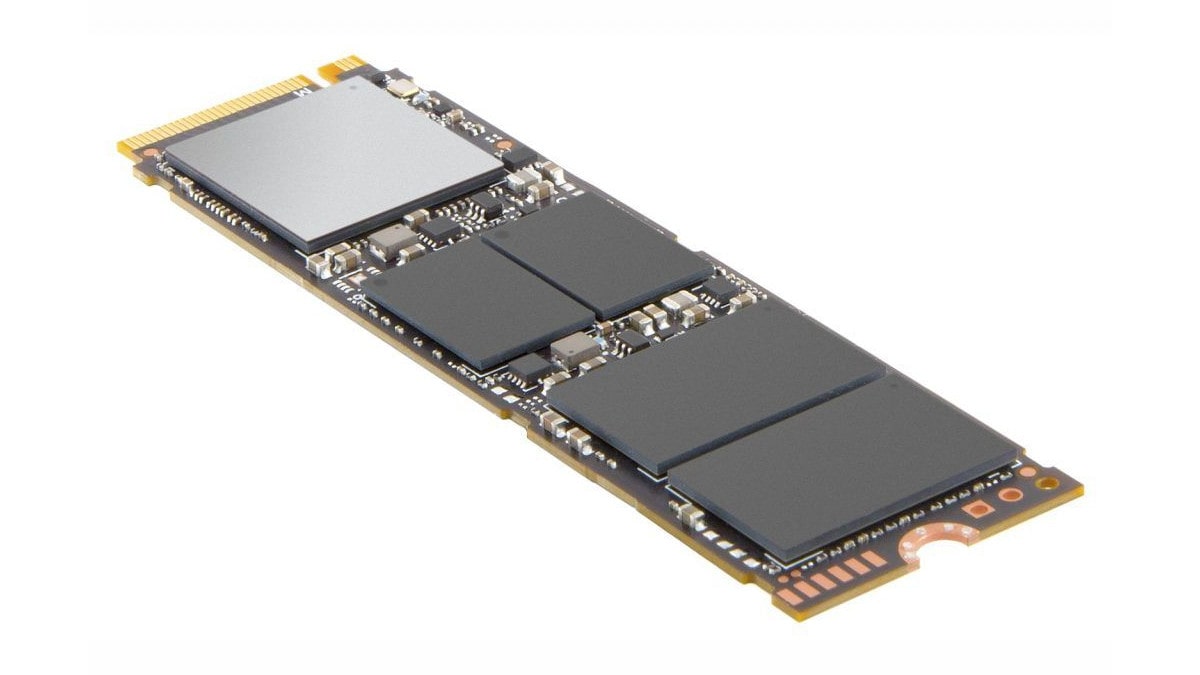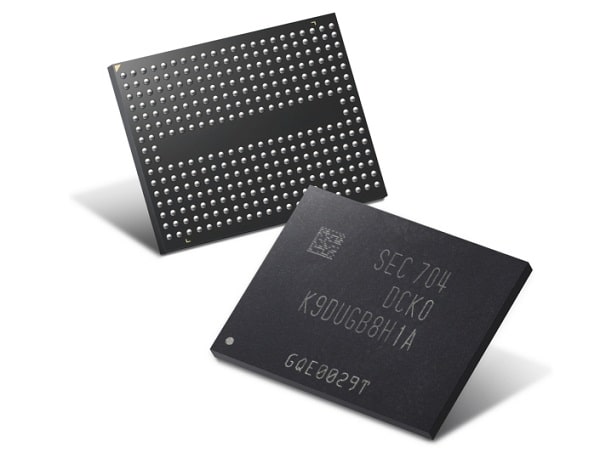Have you read terms like SLC, MLC, TLC or QLC on flash drives while looking for one on the flash storage drive itself, what are they and what are the differences between them?

Modern day storage drives are solid state means there are no traditional mechanism that rotates to stores or retrieves data. Instead it directly stores on chip.
The way data are stored on these NAND flash memory cells are known as level.
NAND flash cells are categorized depending on the number of bits they can store:

- Single-Level Cell (SLC) can store one bit per cell.
- Multi-Level Cell (MLC) can store two bits per cell.
- Triple-Level Cell (TLC) can store three bits per cell.
- Quad-Level Cell (QLC) can store four bits per cell.
Drive’s endurance is better towards SLC technology, while capacity is higher towards QLC SSDs technology.
That simply means, SLC > MLC > TLC > QLC in terms of speed.
While, SLC < MLC < TLC < QLC cost wise.
SLC and MLC drives are mostly used on enterprises in data centers or servers to satisfy durability and consistence performance.
While TLC and QLC is used mostly in consumer level computers to satisfy storage need.
Leave a Reply